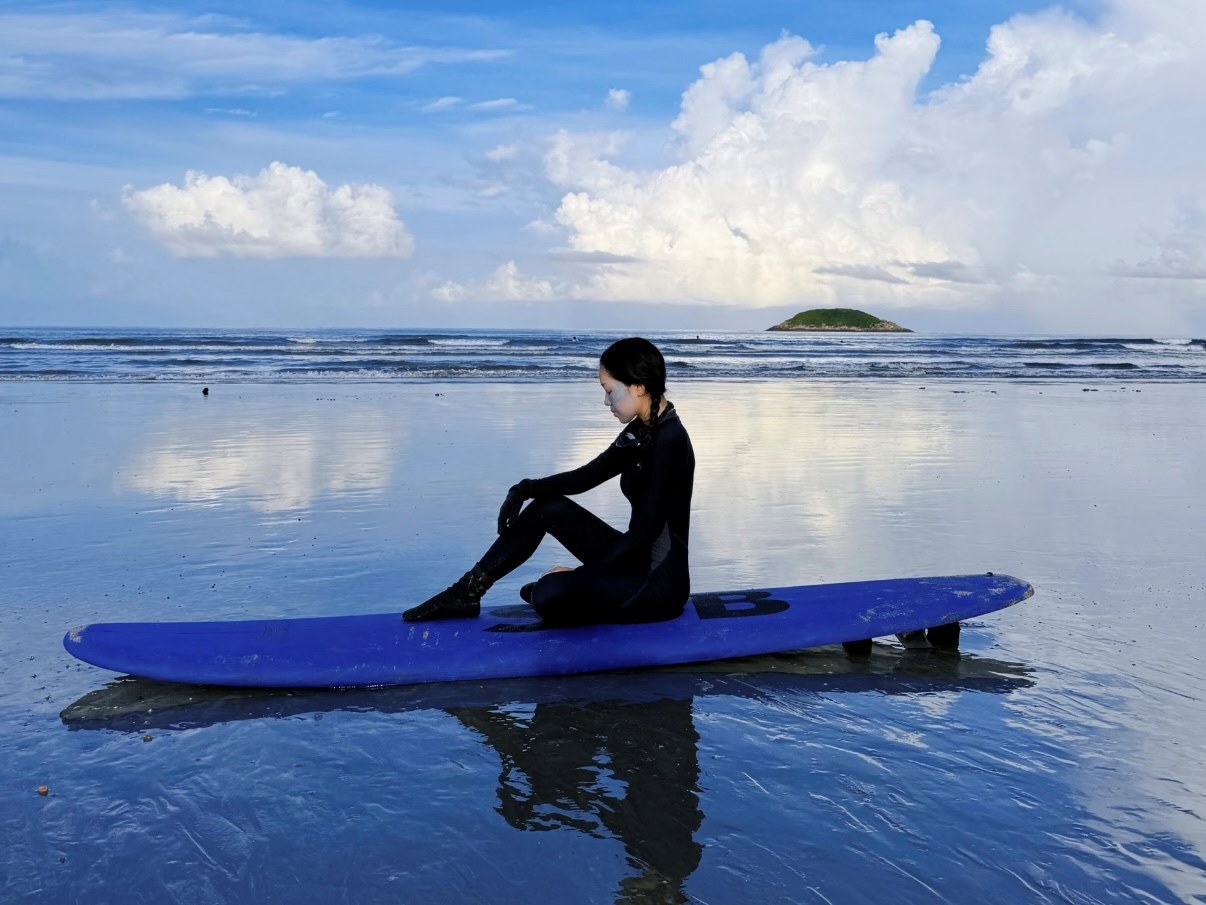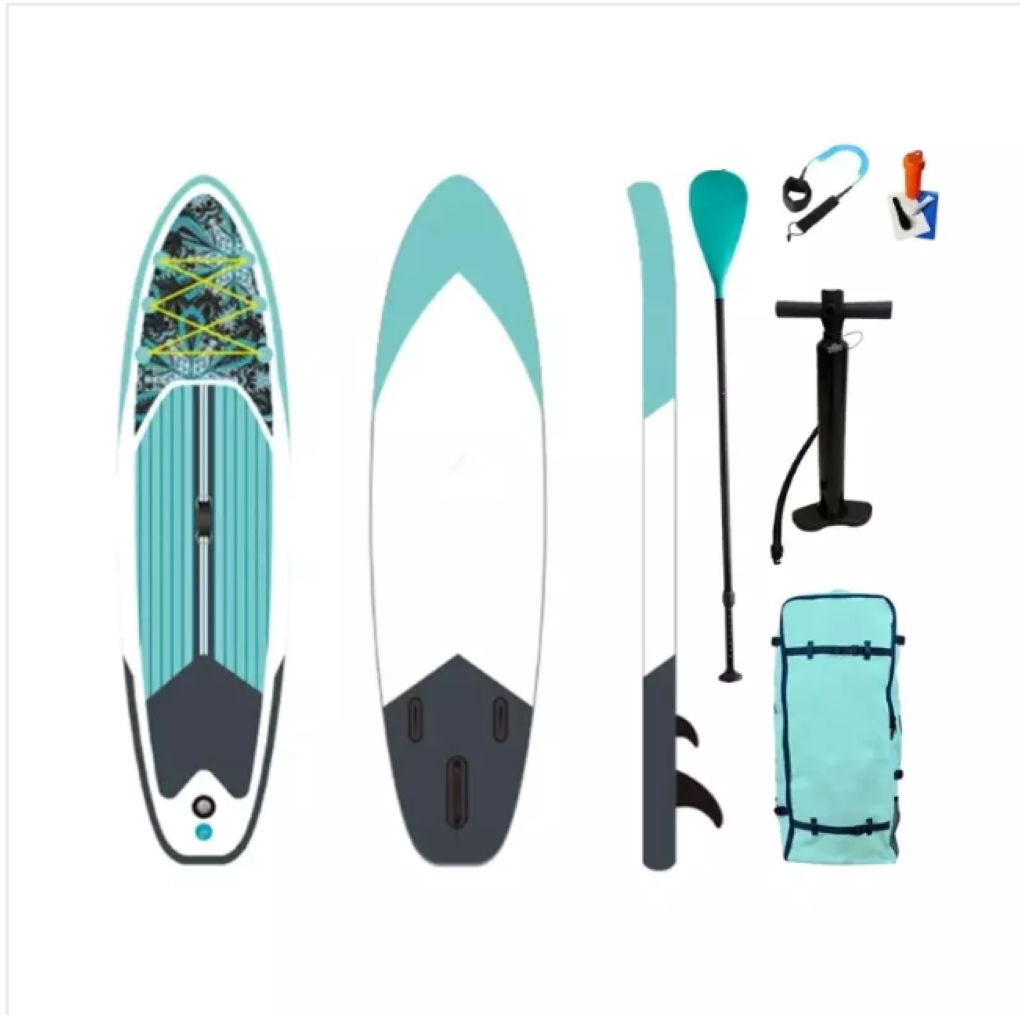FAQ-Popularize Knowledge About Surboards
Nov 14, 2024
Here are some common inquiries from surfers and surf enthusiasts about the crafting and selection of surfboards:
What materials are typically used in surfboard manufacturing?
Modern surfboards are commonly constructed with foam cores made from polyurethane or expanded polystyrene (EPS), reinforced with layers of fiberglass and resin. Custom boards may also incorporate wood, carbon fiber, bamboo, balsa wood, and honeycomb composites.
How long does it take to construct a surfboard?
The production timeline for a surfboard can vary based on the level of customization and the manufacturing process. A typical production board might take about three days to make, whereas a fully customized board could require up to six weeks.
How do I determine the appropriate surfboard size for me?
The size of your surfboard should primarily be determined by your weight and skill level. Surfboard retailers typically offer size charts to assist in selecting the best board for your needs. Generally, a longer and wider board will offer greater stability.
What distinguishes a longboard from a shortboard?
Longboards are usually over nine feet in length, making them easier to catch waves due to their larger size, volume, and width. Shortboards, on the other hand, are typically under seven feet in length and are designed for faster, more aggressive surfing.
Is it advisable to purchase a new or used surfboard for my first board?
It is recommended to buy a new surfboard for your first board to ensure safety, reliability, and a product tailored to your needs. While a used board might be more affordable, its condition and suitability are not guaranteed, which could be problematic for beginners.
How should I maintain my surfboard?
After each use, rinse your board with fresh water to remove saltwater and dry it with a towel. Avoid exposing your board to direct sunlight when not in use to prevent damage to the fiberglass or foam core. Storing your board in a bag can also protect it from scratches and dents.
Does the shape of a surfboard really matter?
Absolutely, the shape of a surfboard significantly influences its performance, handling, and speed. Surfboards are designed with specific shapes and sizes to match the surfer's experience, preferences, and the type of waves they intend to ride.
Can surfboards be recycled?
Yes, surfboards can be recycled. There is a growing awareness among surfboard manufacturers and surfers about the environmental impact of surfboard production and disposal. Several companies now specialize in recycling surfboards into new products or donating them to underprivileged surf communities.
What are the various types of shortboards available?
Common types of shortboards include fish, egg, gun, and high-performance shortboards. Egg-shaped surfboards have more volume and are well-suited for smaller waves. Fish surfboards feature a distinct tail design that offers different performance characteristics.

